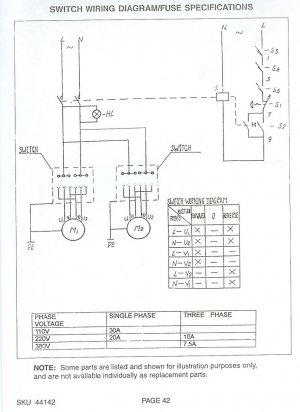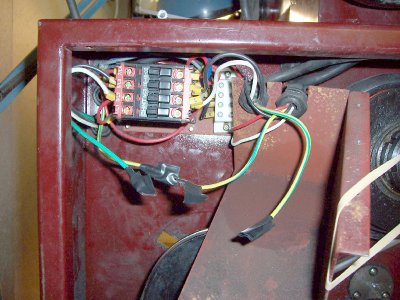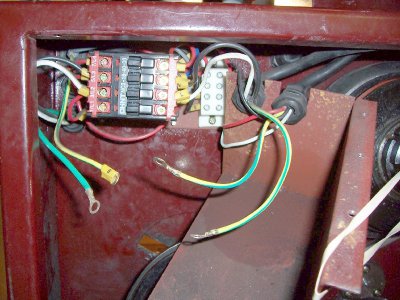- Joined
- Dec 3, 2014
- Messages
- 778
I guess my next question is where is a good place to order a pair of 300uF/250v Start caps and 35uF/250v Run caps??? Amazon does not list anyone selling the 35uF caps, and the Mouser caps list minimum quantity:32...
I'm not into electronic parts suppliers; the only catalog I have here is from Grainger, and they don't list the 35uF/250v Run caps...
I'm also in an industrial-challenged area; if there's an electronics supply facility around here, they're well hidden...
Mouser use to cater to hobbyist and their small quantity purchases. Its been a decade since I did business with them, that is sad to see. You might try calling them or just check with Digi-Key. Lots of surplus electronics places would have them also. Google search the values you need. Another option for anything industrial is McMaster Carr, fast shipping, low prices and a great online catalog.
Happy Holidays
michael



